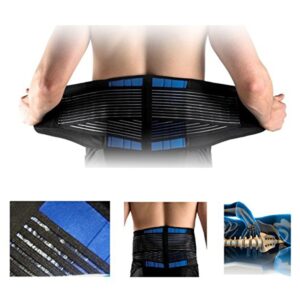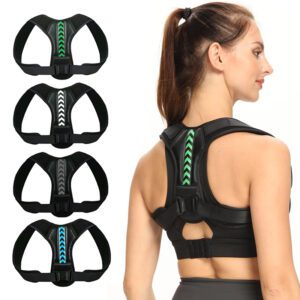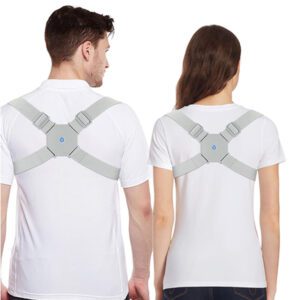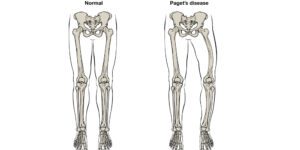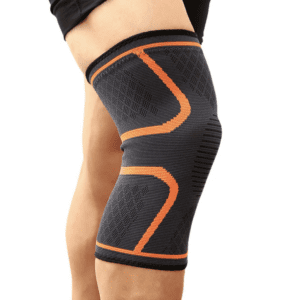When you have ongoing back pain, you want something that will help relieve it — fast. A back brace might be just what you need. But how do you know if a brace is right for you? How do back braces work? Do they really work?
First, let’s look at how back braces work. The brace goes around your waist and supports your spine. The goal is to take the pressure off your spine and keep your spine in alignment. Different types of braces are available depending on the type of problem you have. For example, there are prototypes that target the lower back and can address conditions such as degenerative disc disease, herniated discs and spinal stenosis. There also are braces that address scoliosis (curvature of the spine) and lead to better posture – long-term.
Back braces work, if you have the right one and wear it properly. So make sure you get one with adjustable settings and talk to a physiotherapist when in doubt first.




